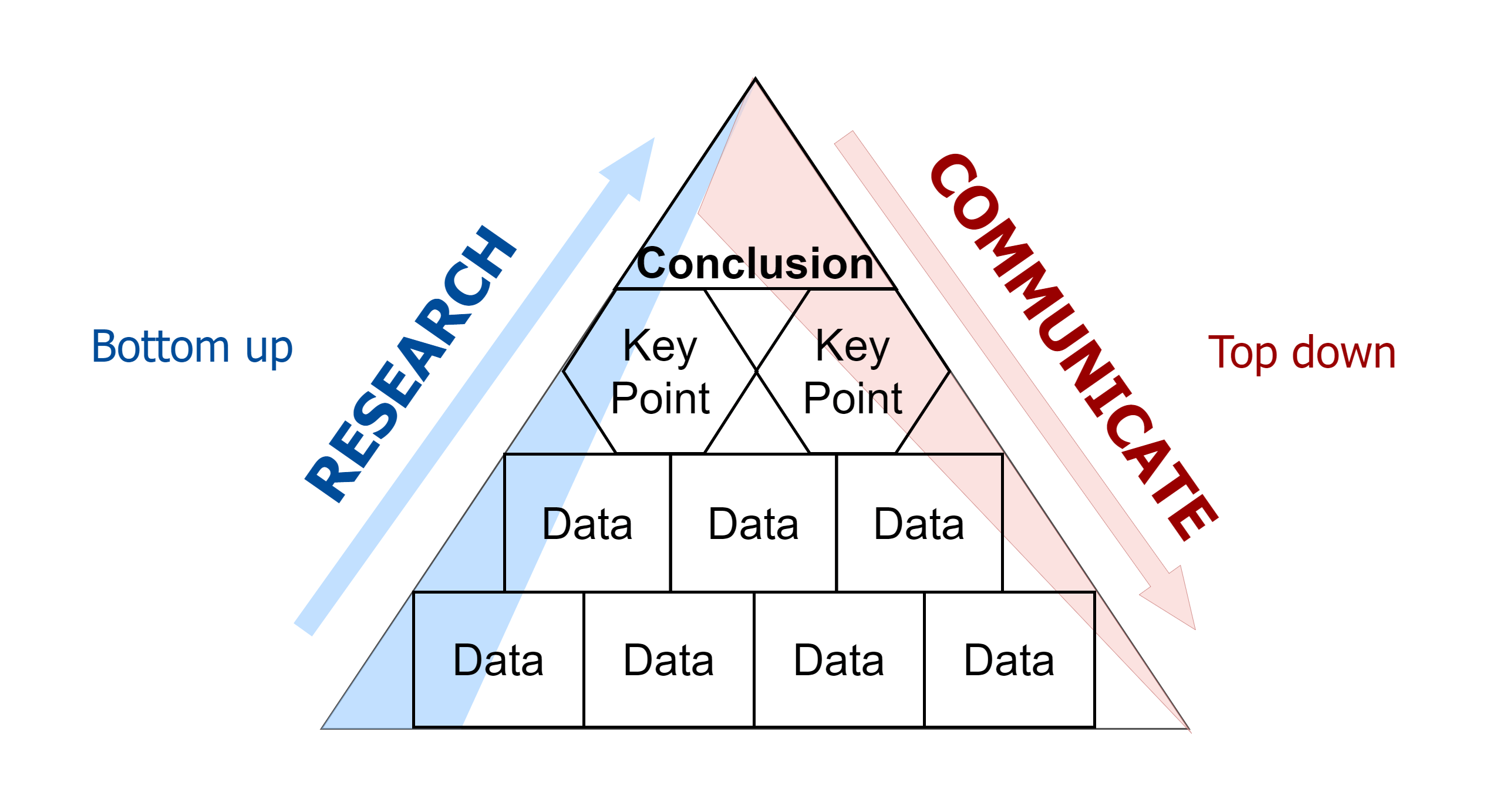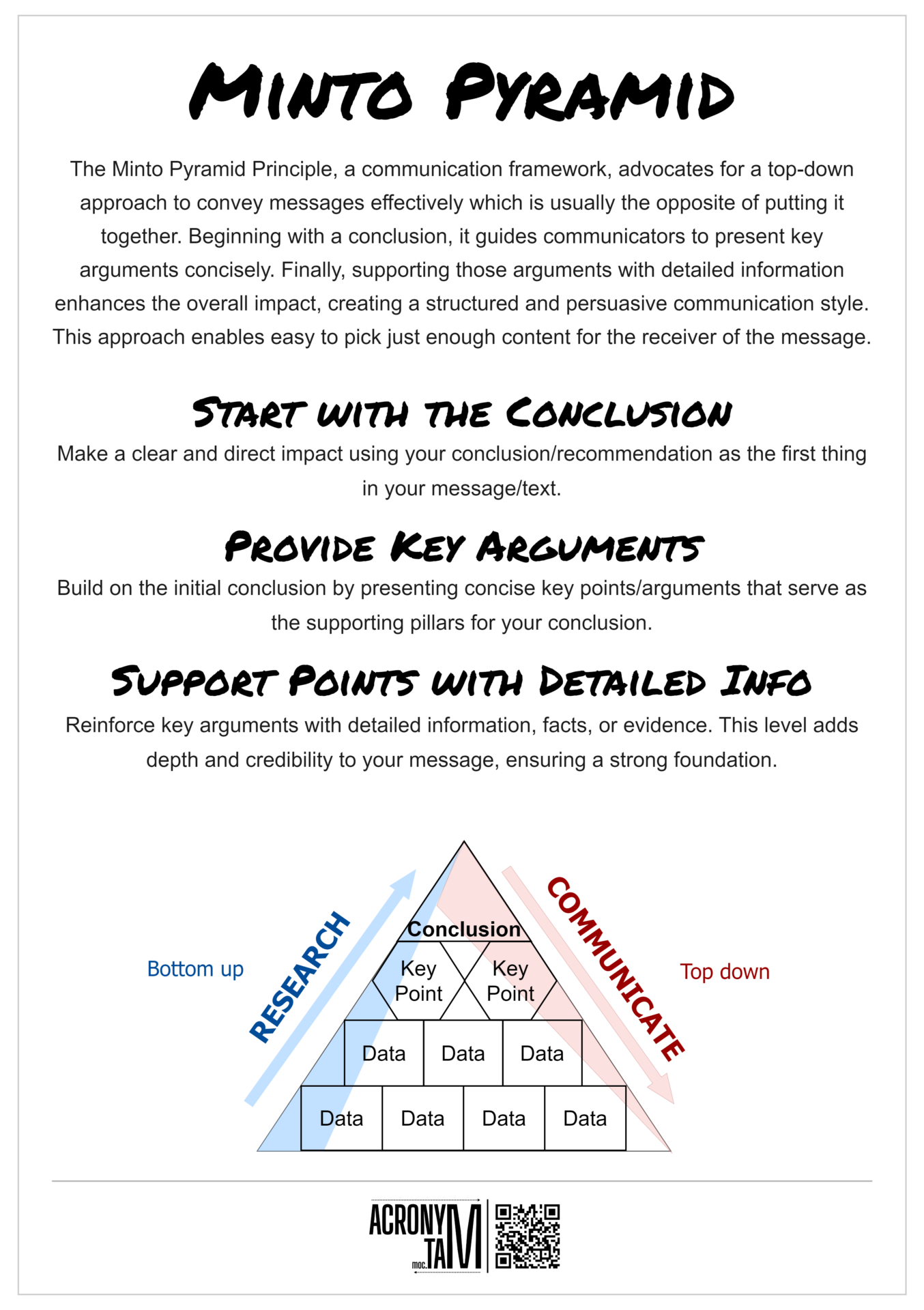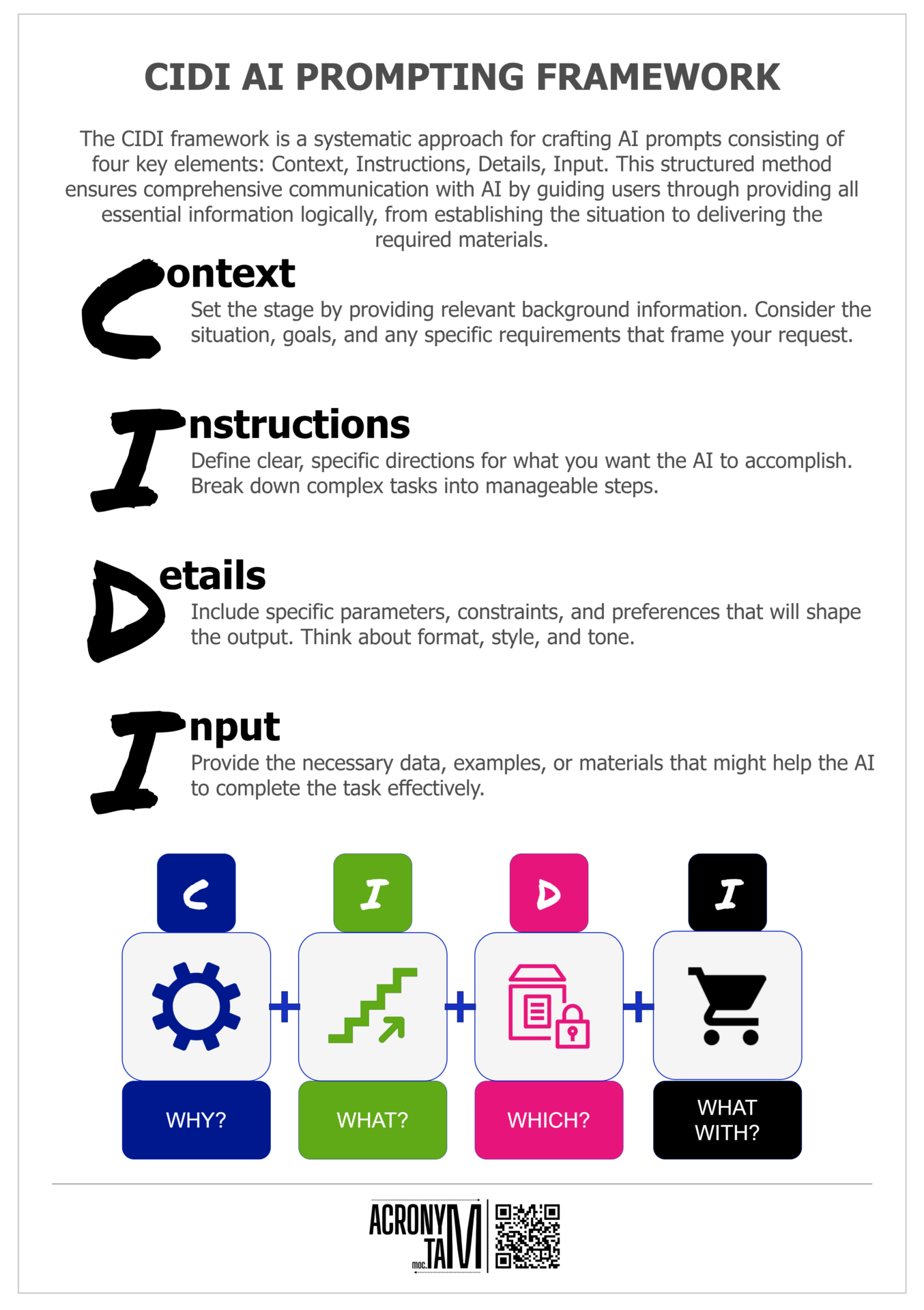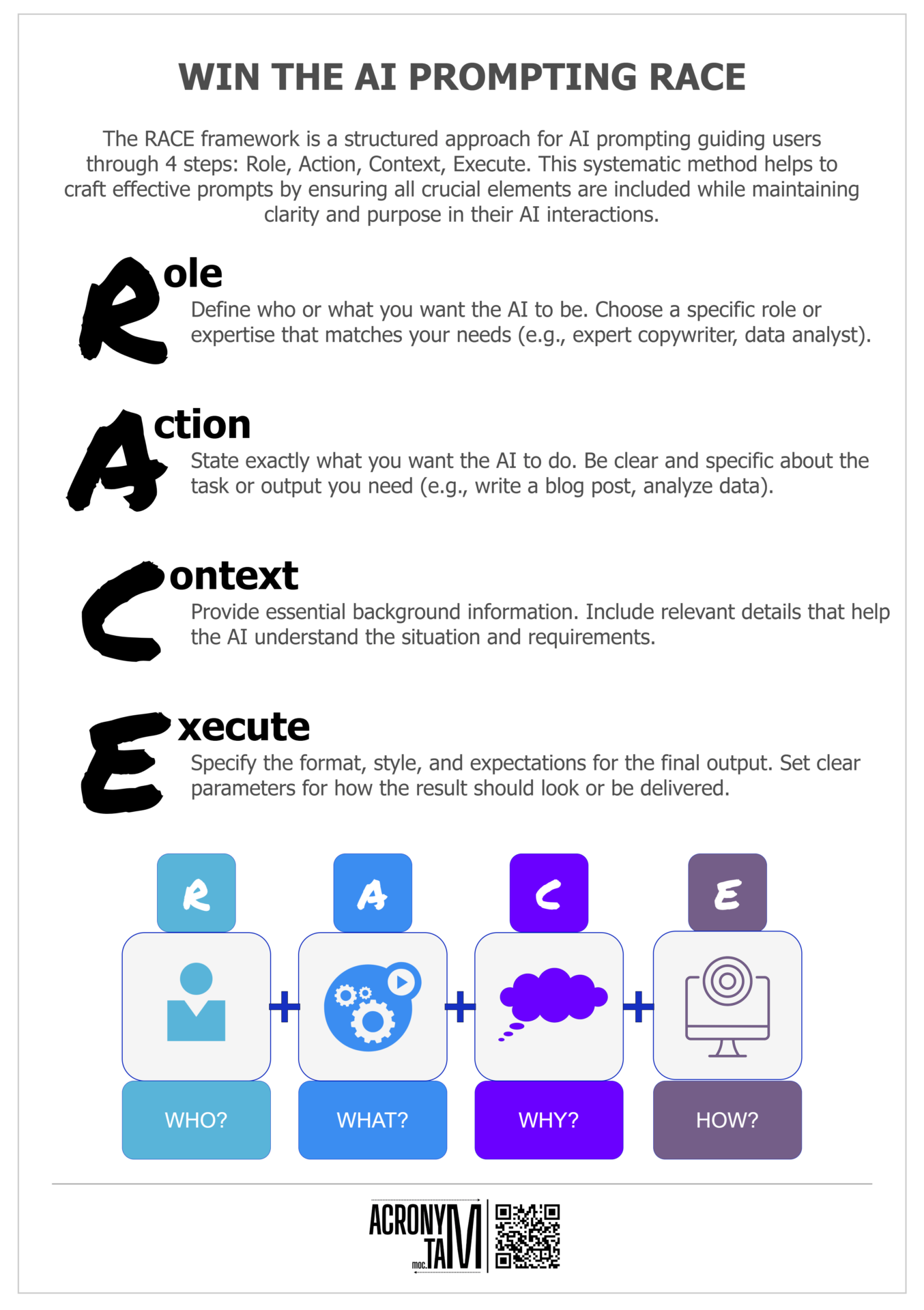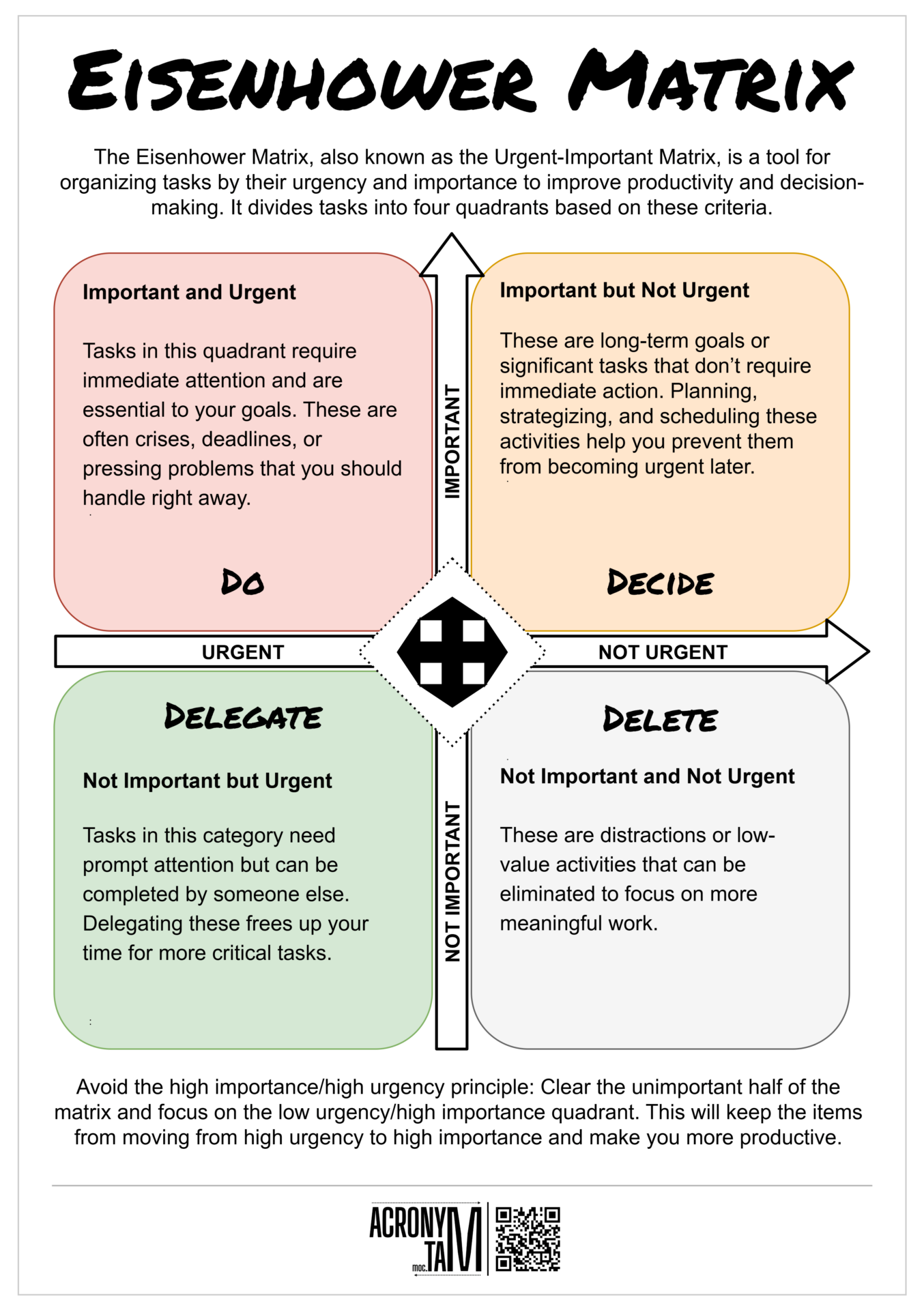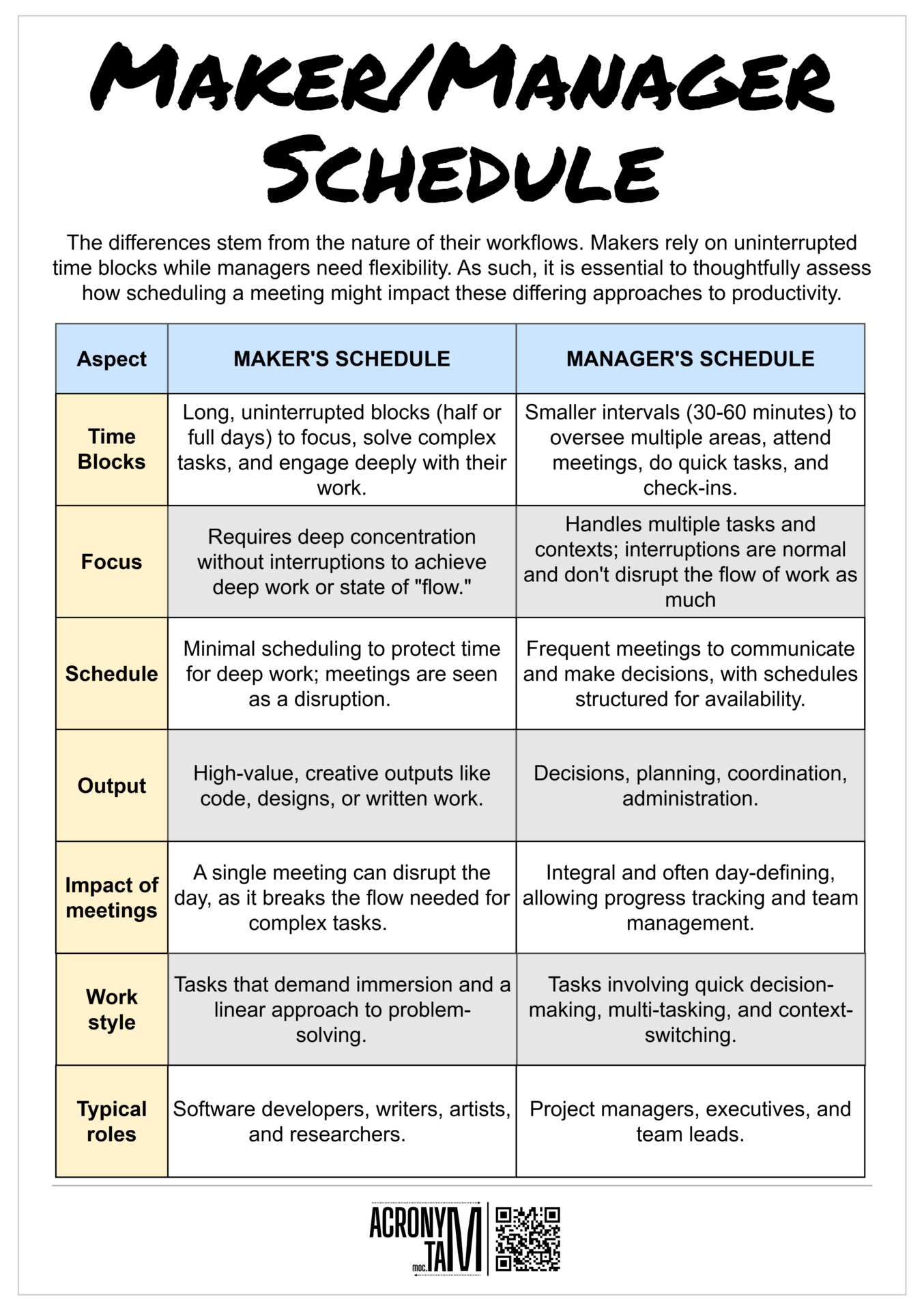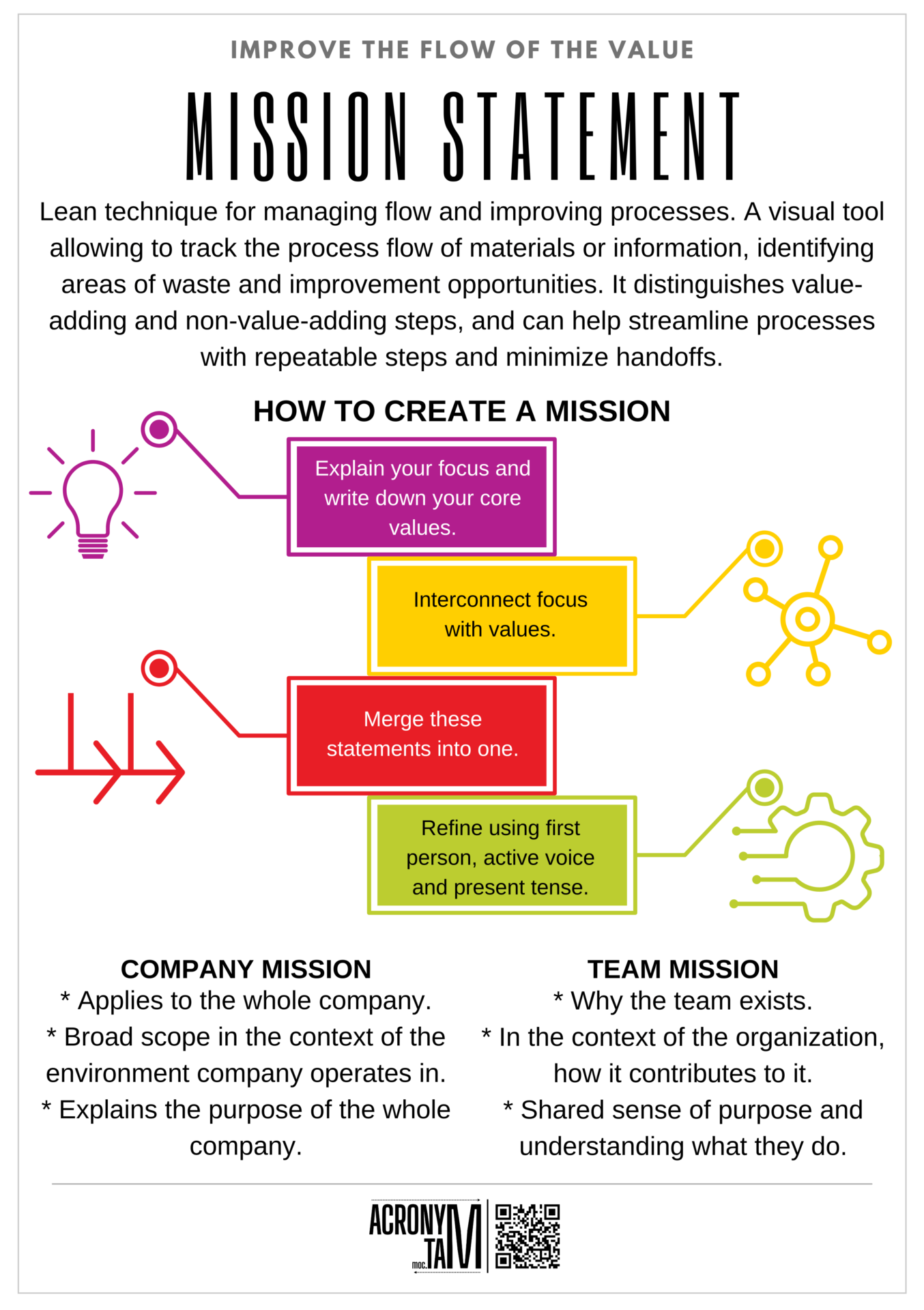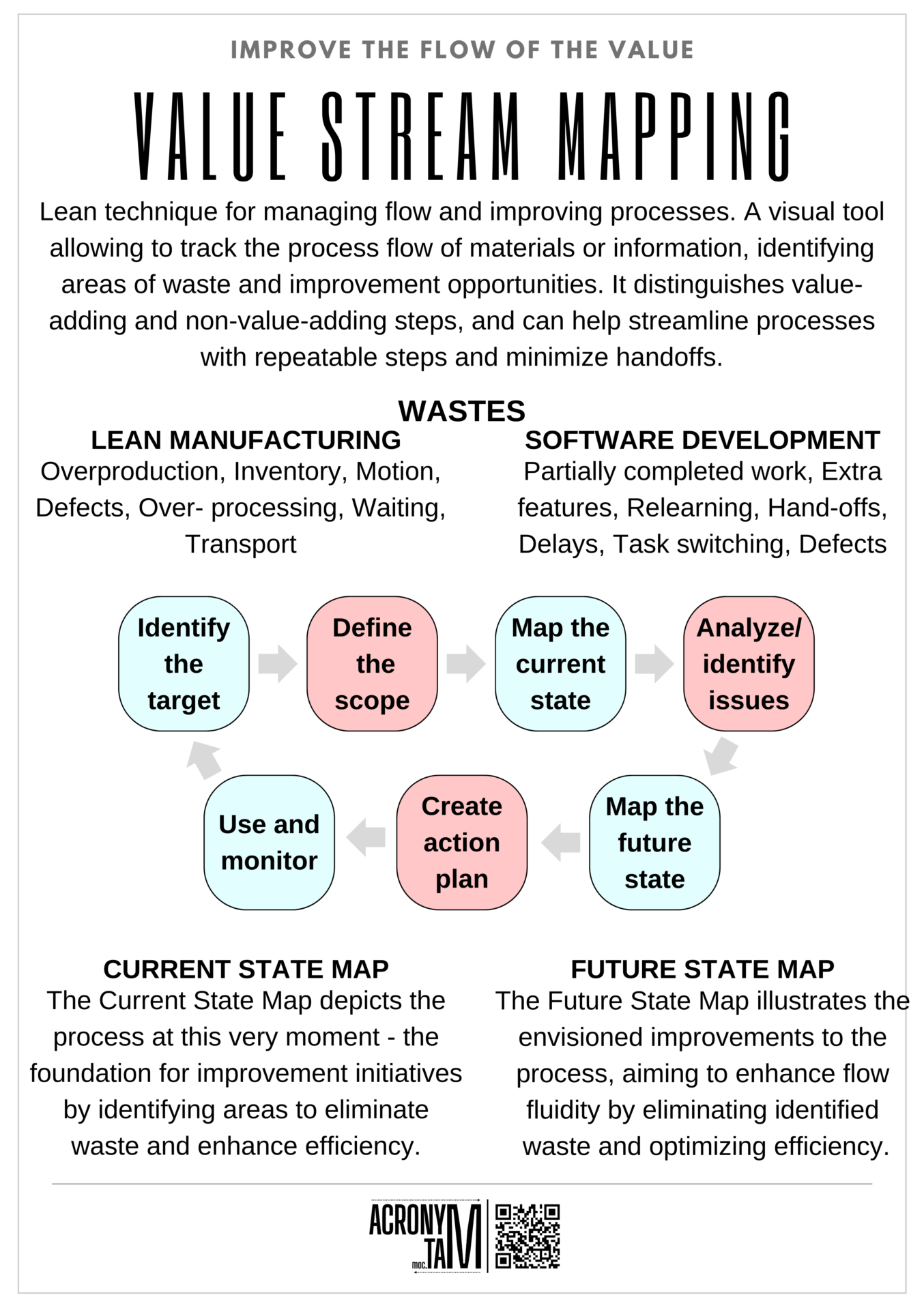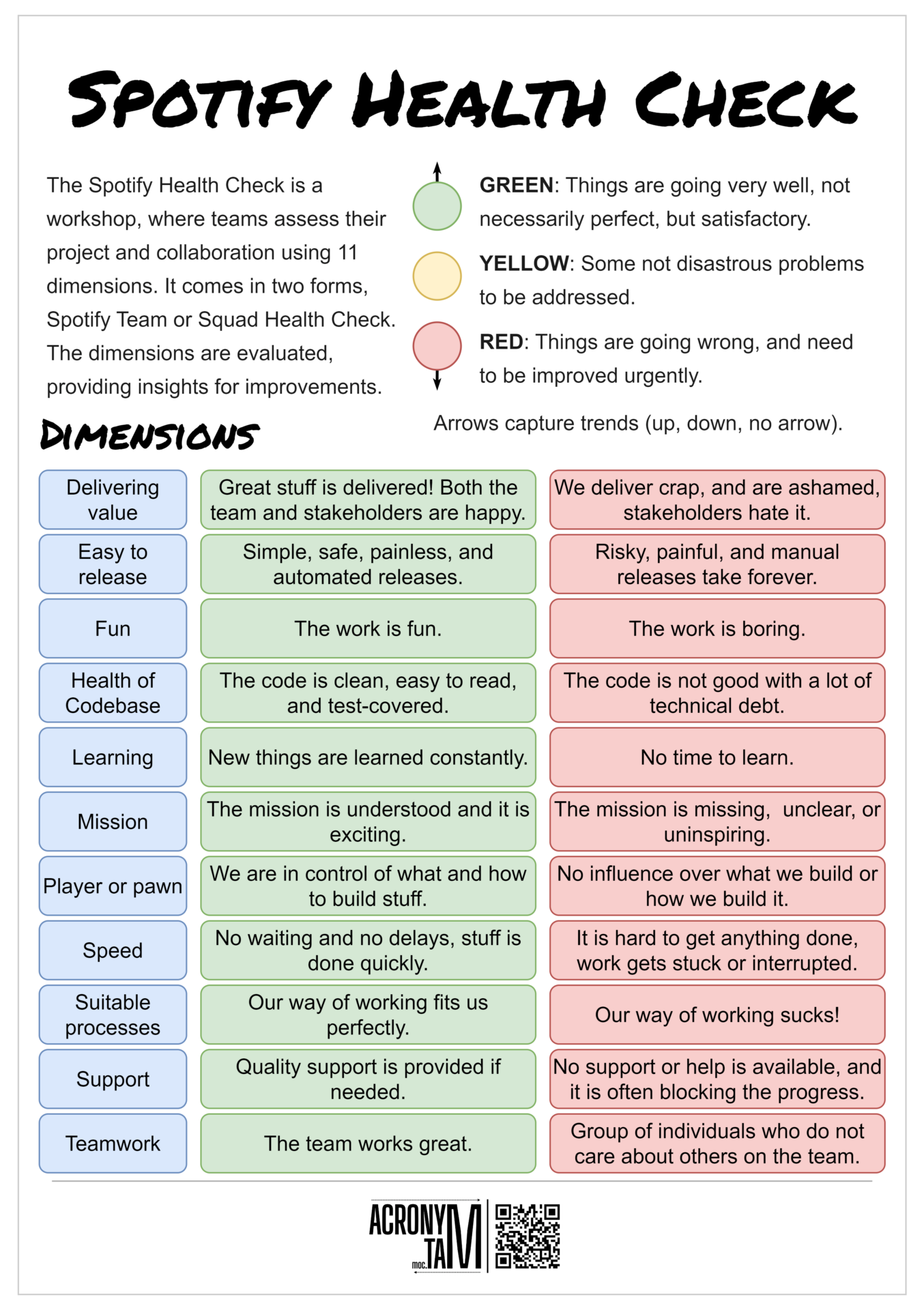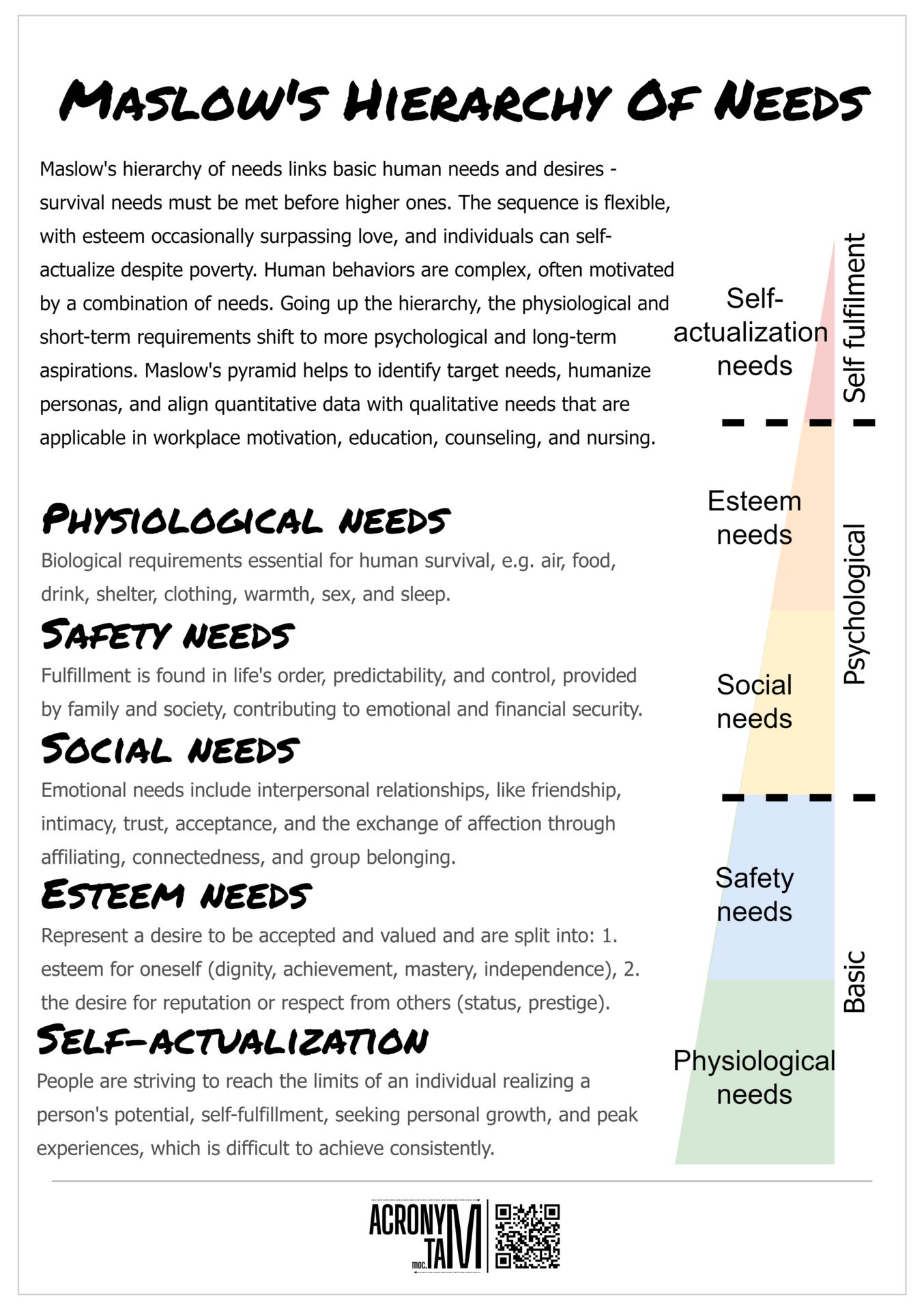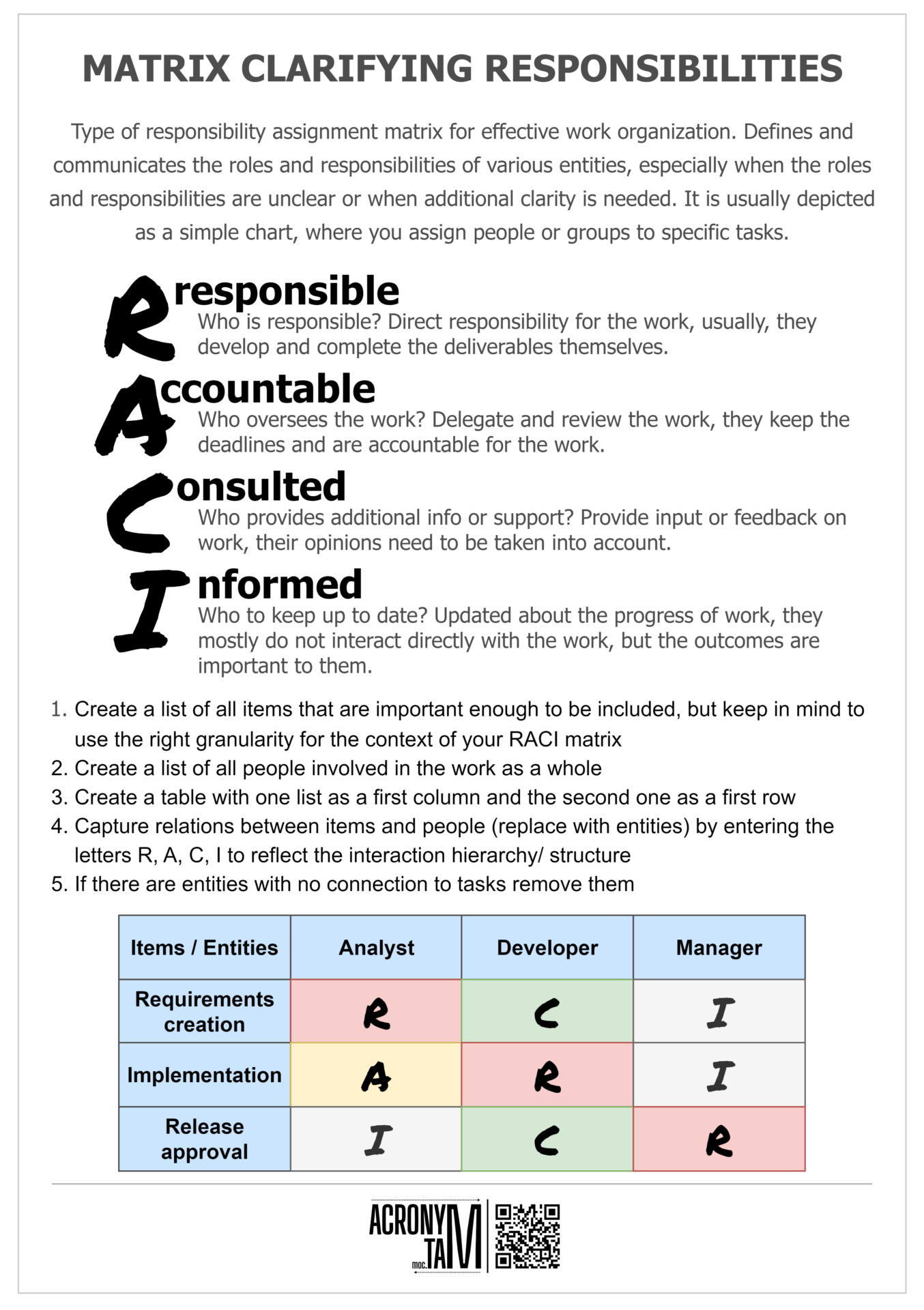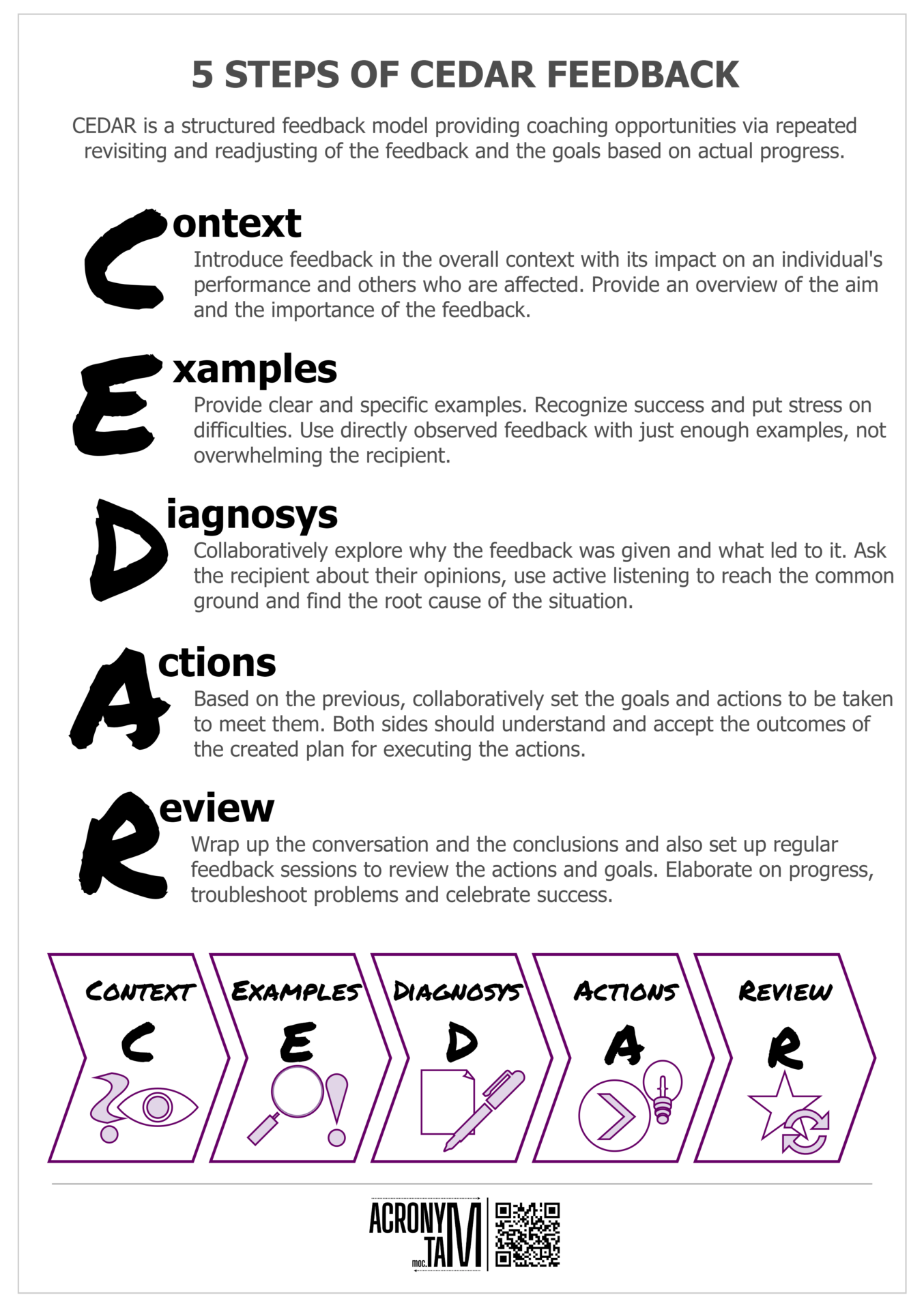Article
The Minto Pyramid Principle, a communication framework, advocates for a top-down approach to convey messages effectively which is usually the opposite of putting it together. Beginning with a conclusion, it guides communicators to present key arguments concisely. Finally, supporting those arguments with detailed information enhances the overall impact, creating a structured and persuasive communication style. This approach enables easy to pick just enough content for the receiver of the message.
Start with the Conclusion
Make a clear and direct impact using your conclusion/recommendation as the first thing in your message/text.
Provide Key Arguments
Build on the initial conclusion by presenting concise key points/arguments that serve as the supporting pillars for your conclusion.
Support Points with Detailed Information
Reinforce key arguments with detailed information, facts, or evidence. This level adds depth and credibility to your message, ensuring a strong foundation.
